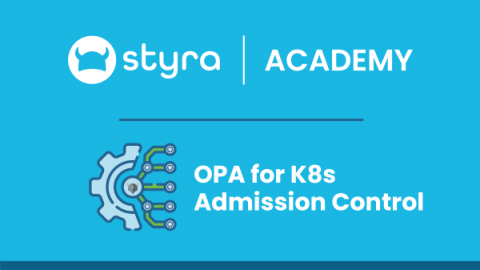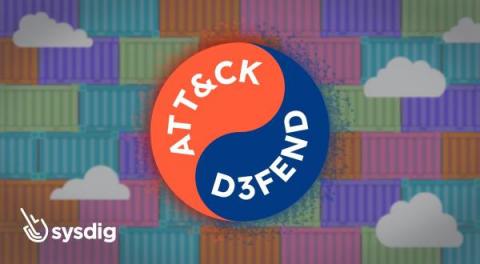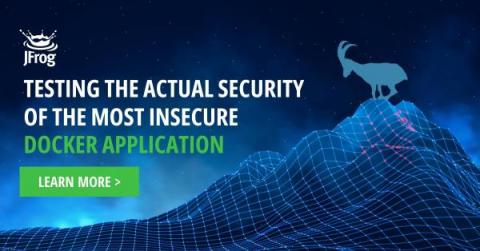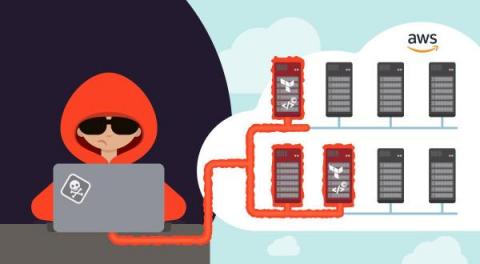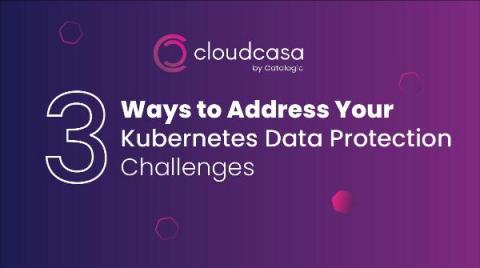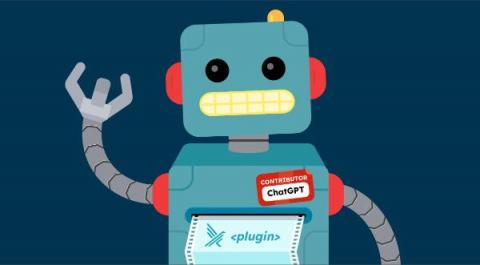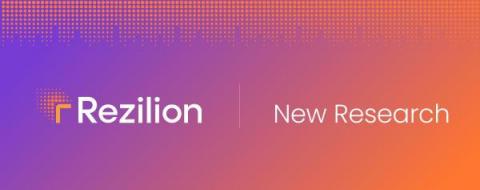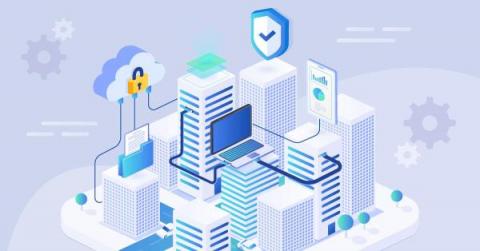Learn OPA for Kubernetes Admission Control with Styra Academy
As enterprises build and run cloud-native applications on Kubernetes, platform engineering teams are responsible for empowering dozens, hundreds or even thousands of developers to rapidly configure the right infrastructure resources to run mission-critical applications. At the same time, today’s complex threat landscape and strict regulatory environment make it increasingly difficult for developers to configure secure and compliant infrastructure.


